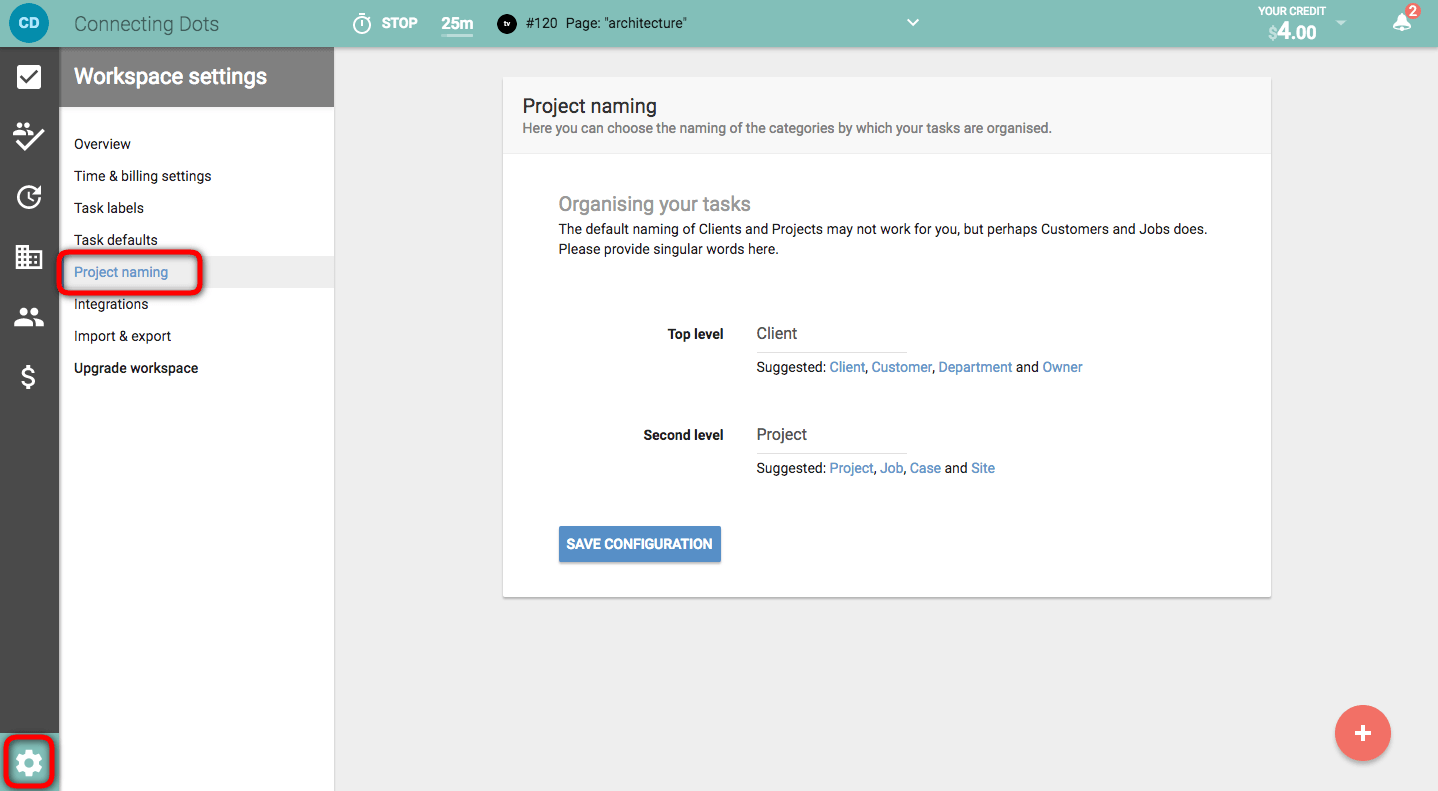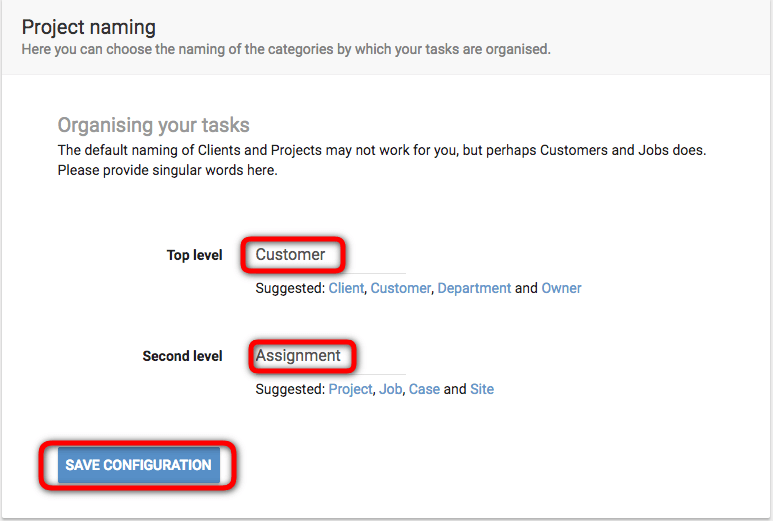Information Architecture
Understanding how todo.vu organises your data will help you plan and set up your workspaces and get the most out of the reporting tools available.
How is your data organised?
Typically your data is organised in a simple hierarchy – Workspace > Client > Project > Task > Time.
Time entries must be added to Tasks. Tasks can be located under Projects which are in turn located under Clients. All of your records are then stored in a single Workspace to which one or more people may have access.
Note – This hierarchy ensures that all of your information is well organised and reports and records are easy to find.
Reporting
The hierarchy that we use makes it easy to create very useful reporting.
It is possible to have multiple time entries on a single task, even entries from different staff. This allows you to quickly determine exactly how much time is spent on a specific task.
We can then aggregate all time spent on tasks within a project to find project totals. And of course, then aggregate again at the client level.
Using our reporting tools, you can also analyse your time entries by label, staff, client, or project.
Customise naming within your workspace
Clients and Projects can be renamed in order to better suit your business and make sense to your staff. You might prefer to call them “Customers” and “Jobs” or if you are in property management, for example, they may be “Owners” and “Properties”.


Personalising your data organisation
Labels can be used to tag tasks into new categories. For example, you may have labels such as “Lead” or “Quote” or “Bill” to help you find particular types of tasks. Or you may use labels to extend the workflow options such as “awaiting client response” or “in testing”.
See Task Labels for more details on how to use labels.
